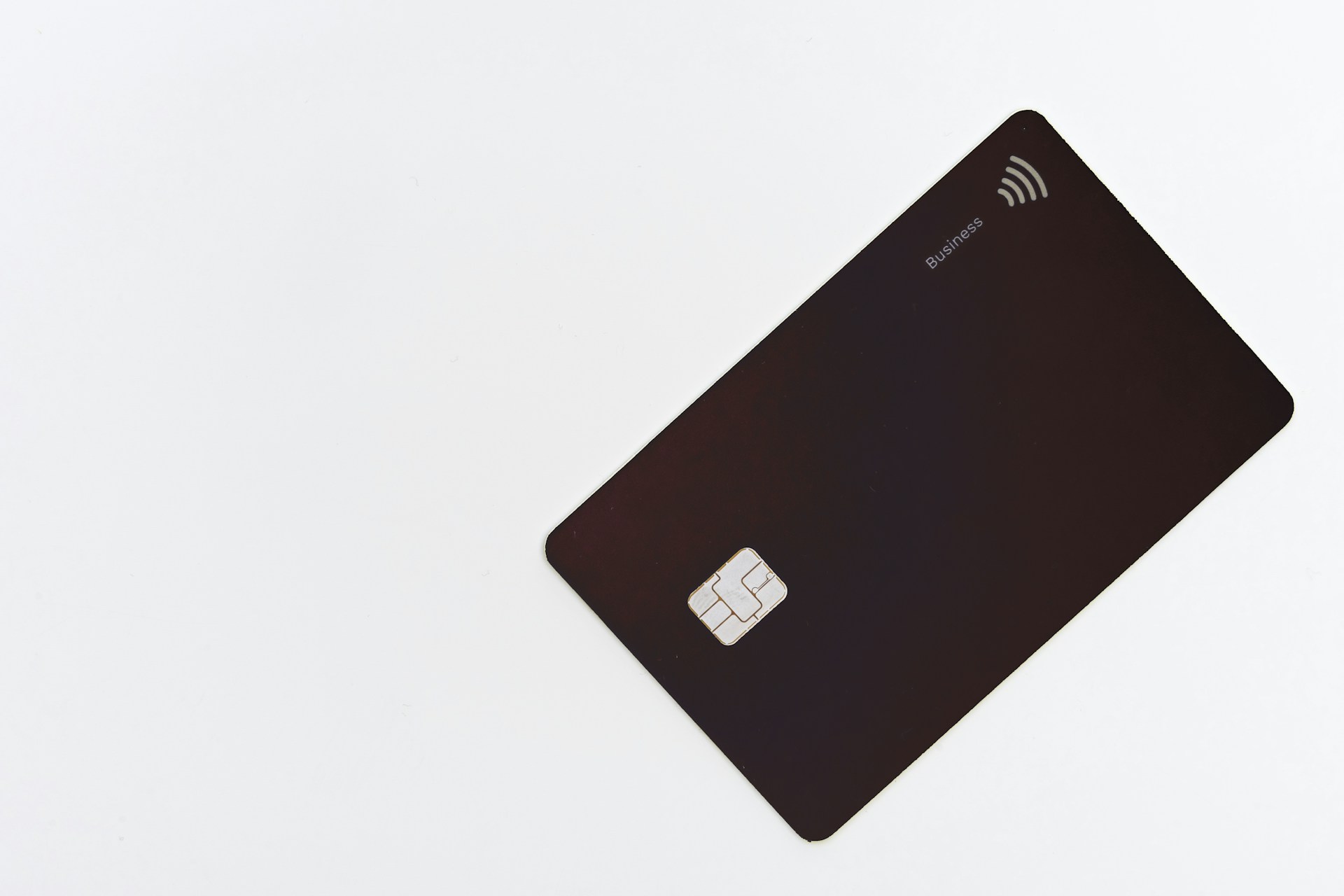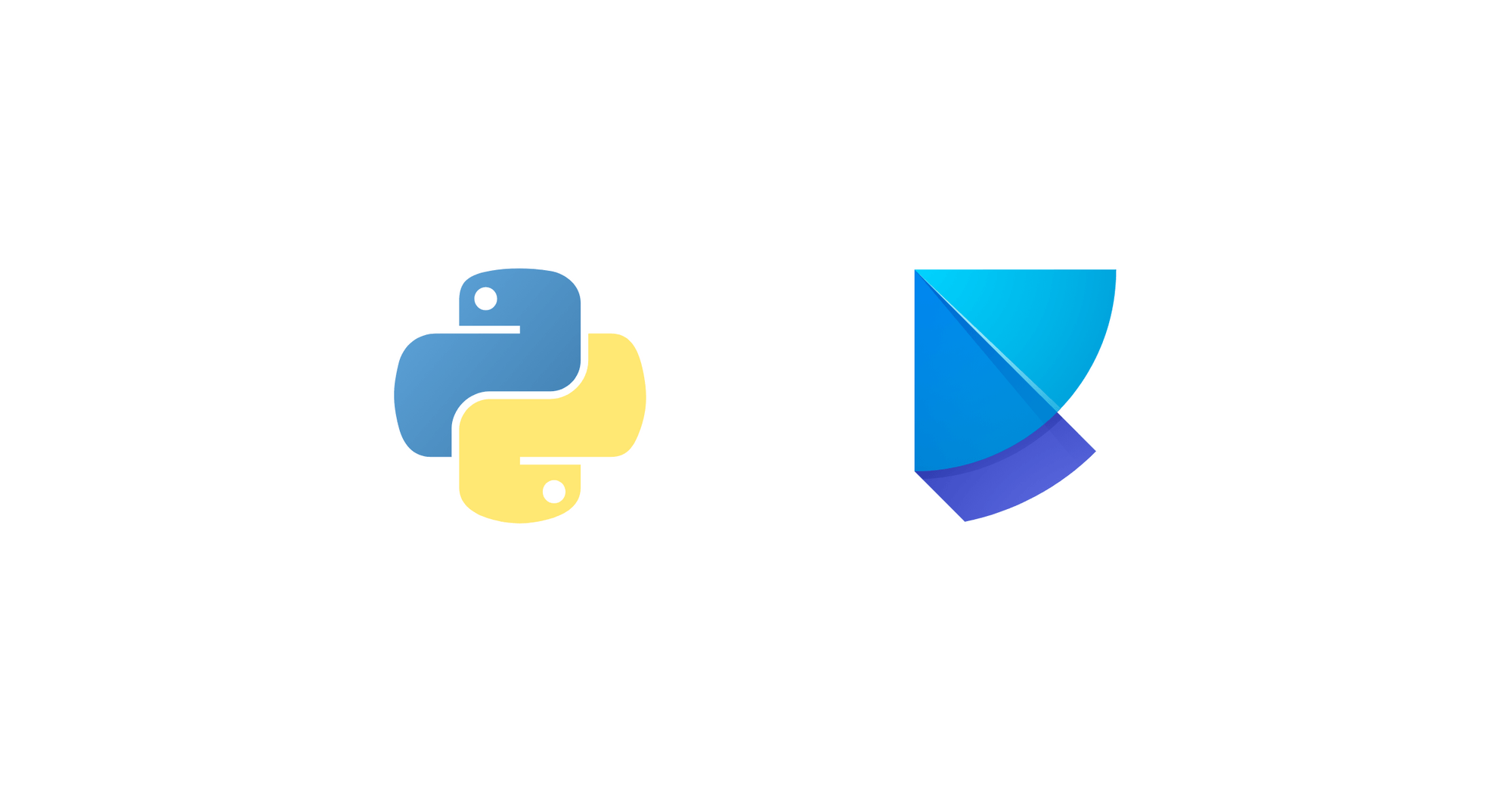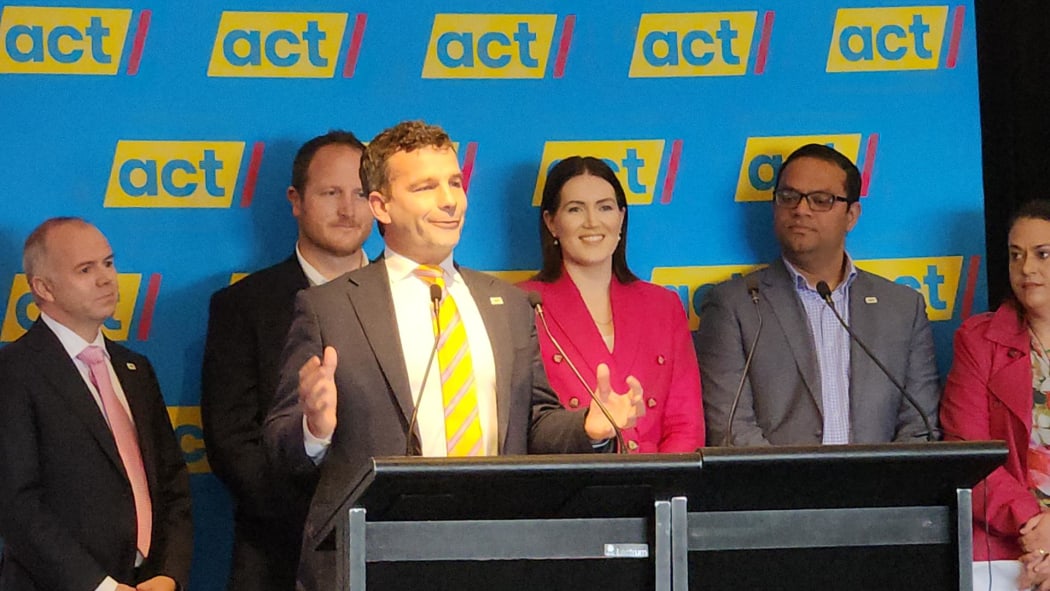Best New Zealand Credit Cards for 2025
Choosing the right credit card in 2025 can help New Zealanders maximize rewards and benefits while minimizing fees and interest. This report reviews top NZ credit cards across multiple categories, including cashback, travel perks, low interest rates, and other benefits. We compare cards on key factors like rewards (cashback or points), travel benefits (lounge access, travel insurance), annual fees, interest rates, balance transfer offers, foreign transaction fees, and extra perks (purchase protection, extended warranty, concierge, digital wallet compatibility). All data is sourced from reputable NZ banks and financial sites, and all major cards discussed are compatible with digital wallets (Apple Pay, Google Pay, etc.) (Canstar Awards BNZ: NZ’s Best Credit Cards - Canstar).




